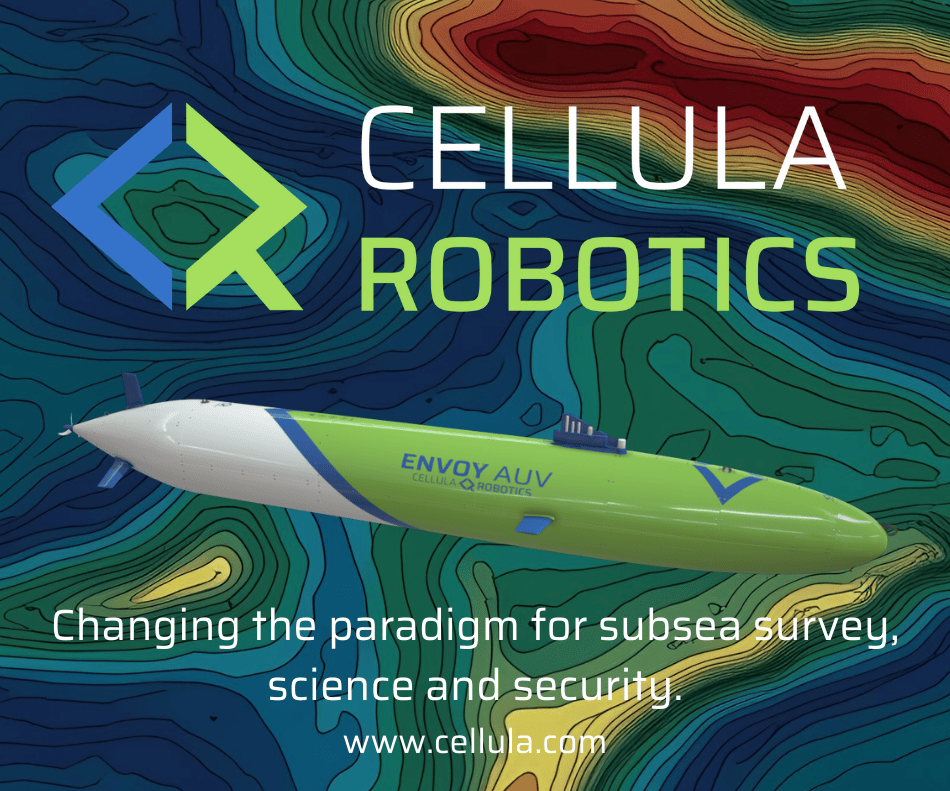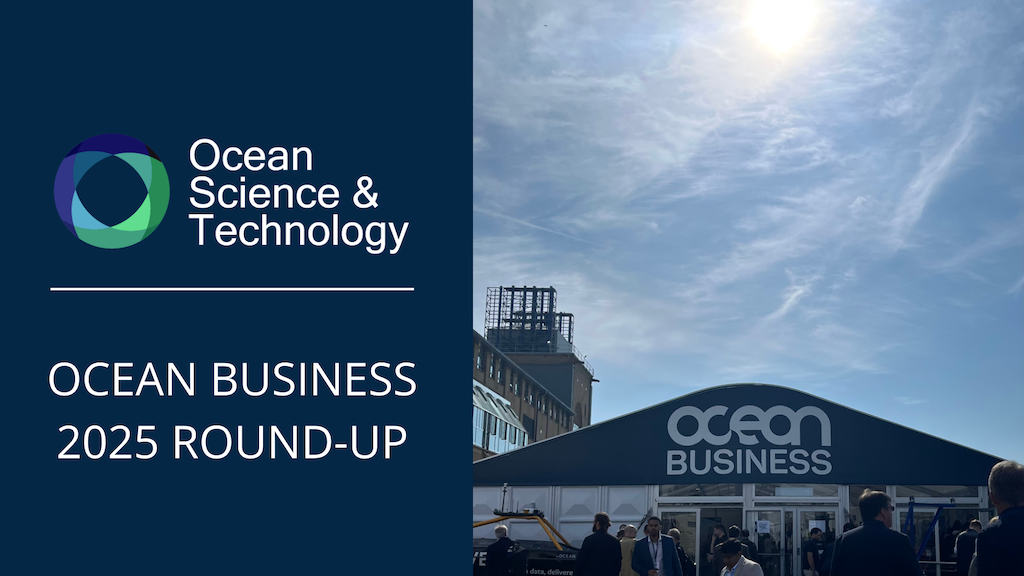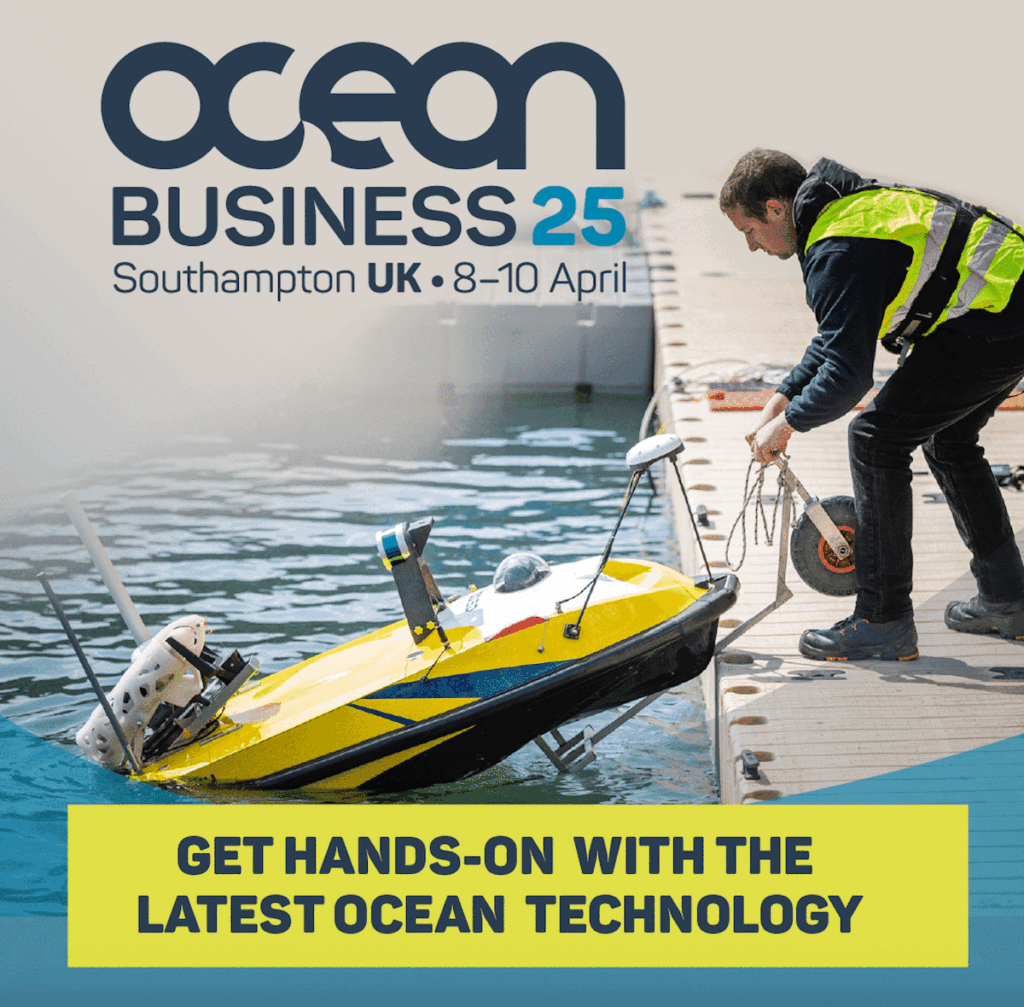
Autonomous Underwater Vehicles
Discover cutting-edge solutions from 8 leading global suppliers
To discover how life in the sea is changing and assess the impacts of those changes, MBARI develops technology that enables researchers and scientists to collect aquatic eDNA, a vital resource for understanding, promoting, and maintaining a healthy ocean.
This eDNA (Environmental DNA) allows the detection of aquatic species from the tiny bits of organic material, such as cells, skin, waste, and mucus, that they shed.
In this article MBARI outlines how this “genetic soup” allows scientists to research marine life even when organisms are not physically present.
MBARI also delves into how eDNA can offer clues about biodiversity changes in sensitive areas, the presence of rare or endangered species, and the spread of invasive species.
MBARI’s Environmental Sample Processor (ESP) and long-range autonomous vehicle (LRAUV) are two ways the company is using technology to access and spread crucial data about ocean health.
Read the article below, or visit the MBARI website for more information.
MBARI Technology Plays Key Role in New Sustainable Ocean Management Strategy
 Environmental DNA (eDNA) allows scientists to detect the presence of aquatic species from the tiny bits of organic material—cells, skin, waste, and mucus—they leave behind. This genetic soup allows us to study marine life even when organisms are not physically present. It also offers clues about biodiversity changes in sensitive areas, the presence of rare or endangered species, and the spread of invasive species—all critical to understanding, promoting, and maintaining a healthy ocean.
Environmental DNA (eDNA) allows scientists to detect the presence of aquatic species from the tiny bits of organic material—cells, skin, waste, and mucus—they leave behind. This genetic soup allows us to study marine life even when organisms are not physically present. It also offers clues about biodiversity changes in sensitive areas, the presence of rare or endangered species, and the spread of invasive species—all critical to understanding, promoting, and maintaining a healthy ocean.
MBARI has long been a leader in developing technology that allows scientists and researchers to collect aquatic eDNA, study how life in the sea is changing, and assess what the impacts of those changes might be. For example, MBARI’s Environmental Sample Processor (ESP) allows us to collect and analyze water samples on board the instrument to quickly identify the presence of organisms or biological toxins. Using this “lab in a can,” scientists can analyze the sample in real time or preserve it for future study.
MBARI’s long-range autonomous vehicle (LRAUV) is another way we use technology to access and share important data about ocean health. Designed by MBARI engineers, this innovative robot explores, maps, and monitors the ocean. Paired with the Environmental Sample Processor, it can detect the DNA fingerprints of marine life. A new commercial licensing agreement with Saab, Inc. is expanding access to this remarkable platform, and with that, opportunities to build on MBARI’s eDNA collection capabilities.
eDNA offers a powerful, non-destructive, cost-effective opportunity to monitor life in aquatic environments, including freshwater rivers, streams, lakes, and the ocean. We are encouraged to see eDNA technology featured in the new National Aquatic Environmental DNA Strategy recently released by the White House Office of Science, Technology, and Policy as part of a larger effort to advance sustainable ocean management. We applaud the members of the MBARI team who lent their expertise to help advance and inform this strategy. The plan elevates eDNA as an important tool for mapping and monitoring biodiversity and calls for increased collaboration among public and private agencies to improve and advance eDNA research and operations.
Collaboration is central to MBARI’s work. Through partnerships with federal agencies, academic institutions, and communities, we are sharing MBARI’s innovative robotic samplers to help others leverage the power of eDNA for science, conservation, and resource management. Our engineering and technology will be integral to advancing the national eDNA strategy, understanding the impacts of climate change, and building a sustainable ocean economy. We look forward to continuing our work with both public and private partners to drive solutions that support ocean health.













